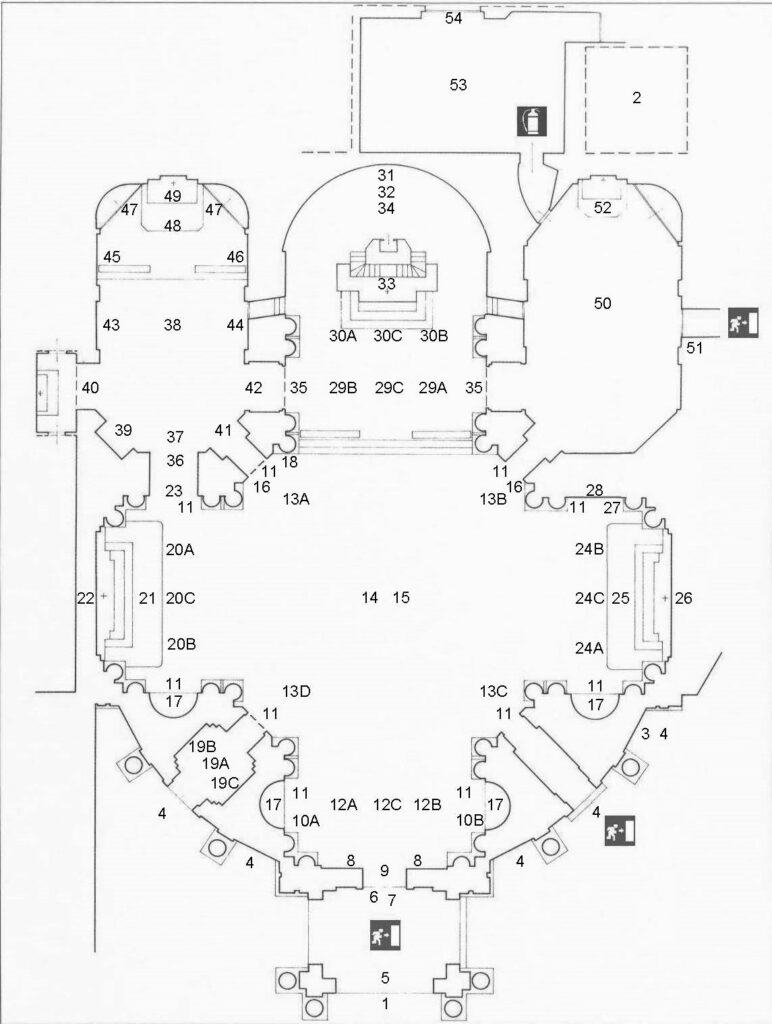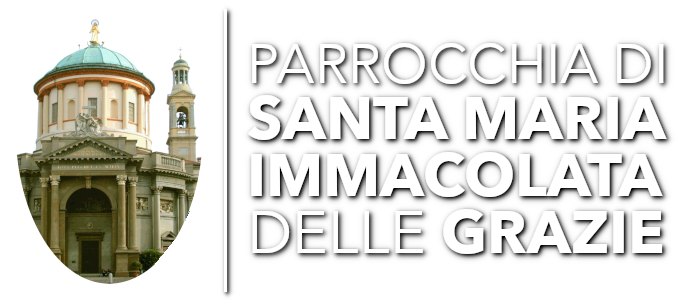History of the Church of St. Mary of GRACE
in the Diocese of Bergamo
In the very location of the actual Church of St. Mary Immaculate of Graces was the franciscan convent founded by St. Bernardino of Siena in 1422 as mark of the appeasement achieved by the Saint between opposed political factions.
The revamping of the downtown in the middle of the 19th century to pave way between the station and the city center required the demolition of the ancient church; however the cloister of the old complex (which is still visible in Viale Papa Giovanni XXIII, 13) was preserved and most of the masterpiece which still embellish the new church: the miraculous fresco called “Santo Jesus” that transfigured itself in 1608 still revered in the precious woodden altar carved by Caterina Caniana (1761), a Madonna with Saints by Giambettino Cignaroli (1752), a Madonna with Saints by Giampaolo Cavagna (1619), a Madonna with Saints by Enea Salmeggia (1594), the cycle of frescoes representing Stories of the life of St. Francis painted in 1507 by Jacopino Scipioni and many 15th century frescoes.
The actual structure-plan of the church, built in 1857 – 1875 at greek cross in neoclassical style, was realised by architect Antonio Preda, who managed to blend the new building with the old one, making the complex of St. Mary of Graces the very heart of the downtown.
The entire frescoes decoration of the church culminates in the Glory of Mary painted in 1865 – 1868 by Enrico Scuri -director of the Painting School of the Accademia Carrara – and his scholars.
Do you know the story of the Holy Jesus?
Artistic Itinerary



